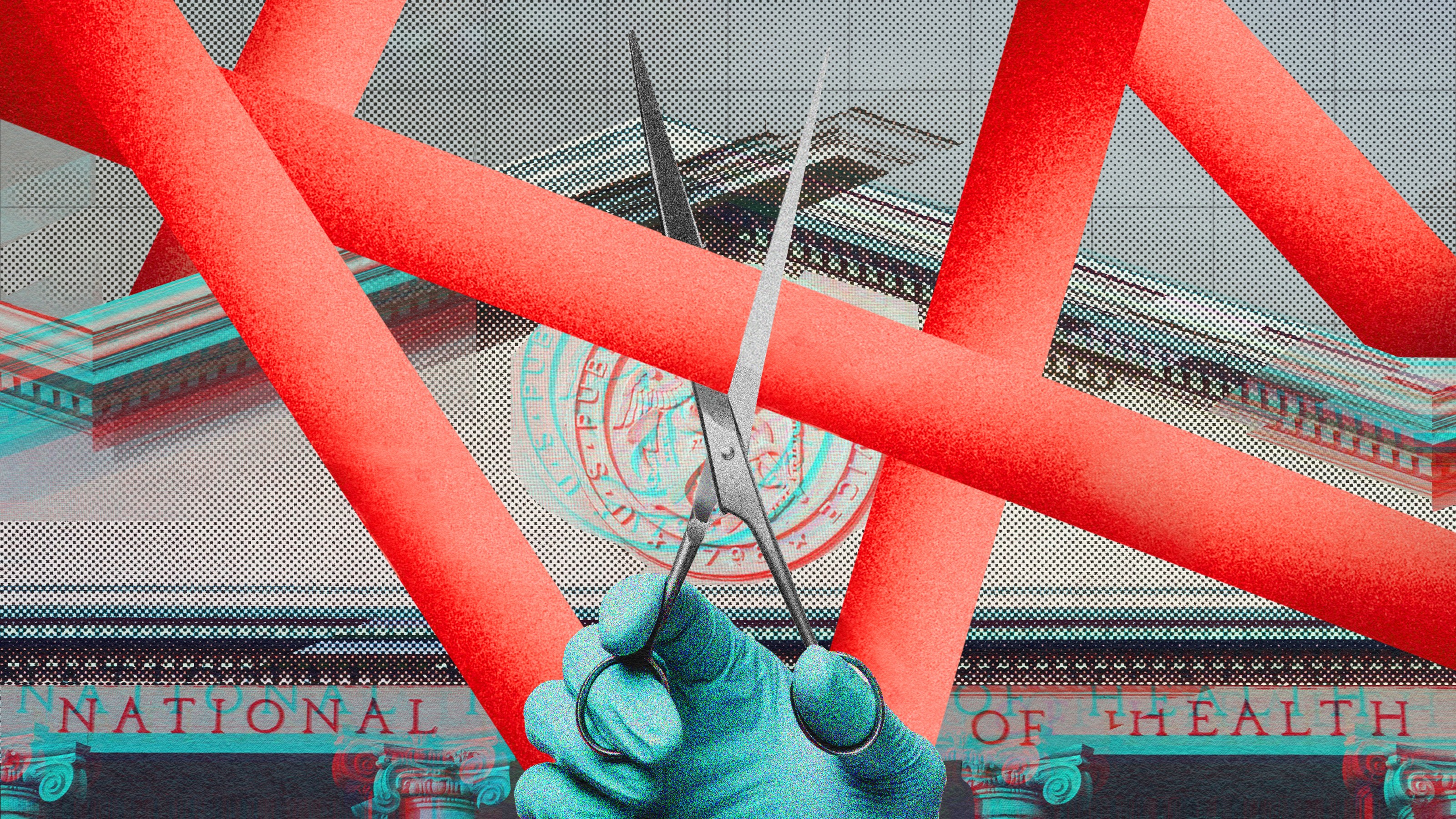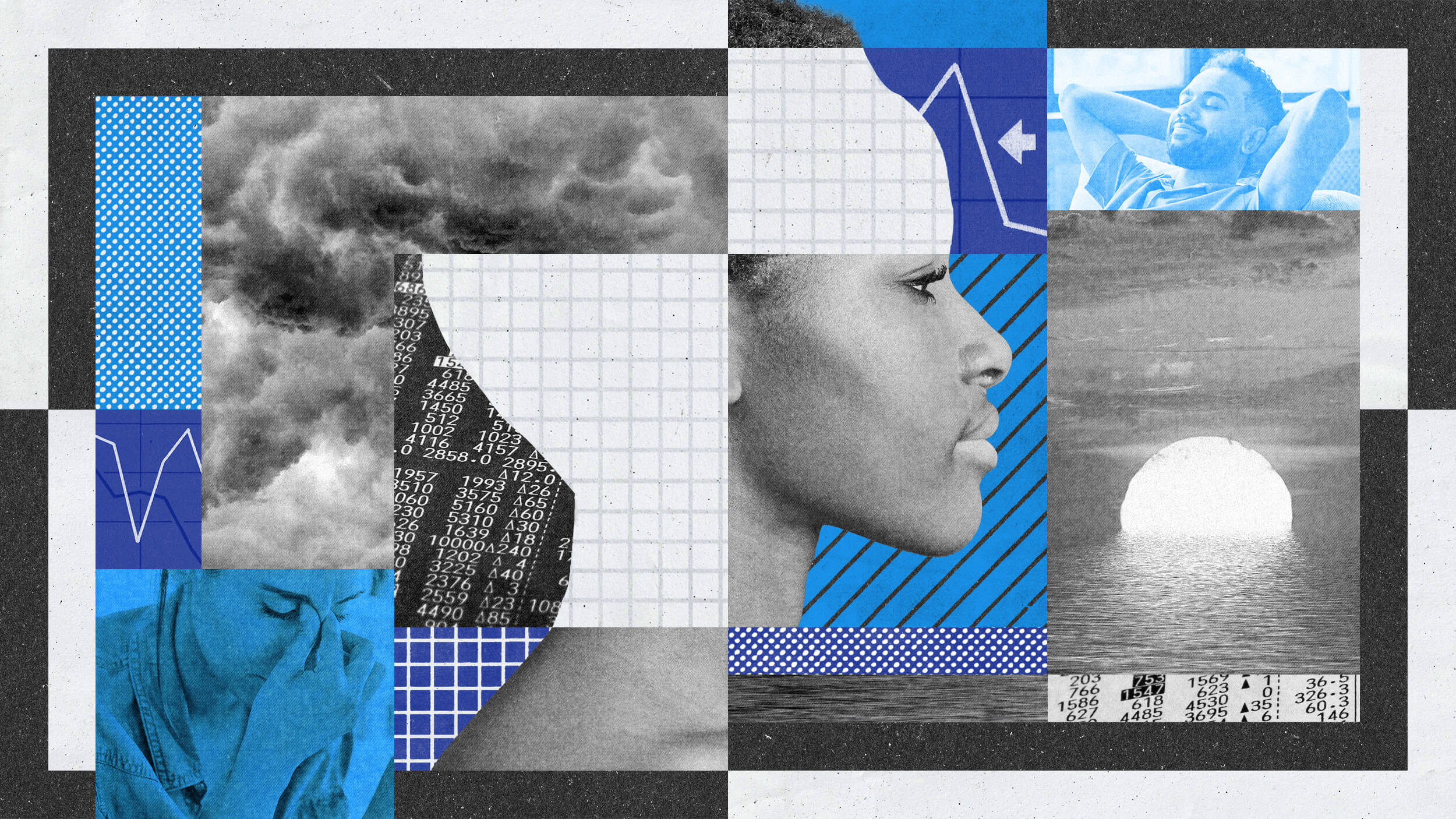There is a point when you have enough of what you need, says author, speaker, and social innovator Vicki Robin. And anything past that is just overindulgence and doesn’t take into account your environmental impact. Once you become aware of your financial sweet spot and how much you really need to consume, you will naturally spend less and be happier.
Vicki Robin: We talk about the old roadmap for money, and the old roadmap was born really out of the industrial revolution.
It was born out of the sense of the “wild west,” of “anything is possible,” of manifest destiny, of American exceptionalism, whatever you want to say.
Or you can go back even further to capitalism itself. But the roadmap is: “growth is good, more is better, whoever dies with the most toys wins.”
It’s a materialist roadmap, and the part of the roadmap is not only that; it’s an empty world.
“Uh oh, there were people here before the white people came. And, you know animals. There was already a living mature society—“ “No, no, no. It was empty.”
And then the other part of it is that one of the essential ingredients of it that still people, even if intellectually they understand it they do not get it, is that in that roadmap the economy can grow forever and the Earth is like just sort of a toy chest. You just keep reaching in there and pulling out resources, reaching in and pulling out resources. So the economy can grow infinitely because the Earth is an infinite cornucopia of resources.
The fact of the matter is that the economy is a fabrication, our economy is a fabrication, a set of rules inside a finite planet.
There’s a way to measure. There’s a way to measure the human impact, the impact of human consumption on the Earth. It’s called the ecological footprint, and they can measure every little scintilla of, you know, my watch and my eyeglass. Everything I have, everything we sit in, everything we walk around on, they can measure that in terms of the amount of the planet it took to develop that.
So we have measured the amount of planet we have and humans are consuming more than the amount of planet we have every year (that can be regenerated) ever since 1986.
That, to me, that data about overshoot has been a central feature of my life. When I learned that, it was just sort of one of those things that’s obvious, like, “certainly we want to change.”
So the old roadmap this idea that the Earth is a set of infinite resources, and the economy can harvest those resources every which way from Sunday in order to produce economic growth.
That’s fundamental and then it trickles down to the human as: “More is better.”
And part of that is as the economy grew, as industrialization permitted more products to be produced with less human labor there was a sort of a peaking out of consumption around the 1920s and it became a problem, like what are we going to do?
So there’s several ways to expand markets.
One is you export and another is to educate your citizens to want more than they need.
And then you’ve got an infinite market called the endless willingness of people to buy into the story of ‘more is better’ and ‘keep buying stuff.’
So that is the old roadmap: Growth is good, more is better, game over. Not talking about the context of our lives, the social context where fairness is sort of like built into us.
Babies all come with that stamp on them, you know. Fairness is important and so you cannot stretch fairness and believe that there’s no breaking point. So injustice aside, environmental integrity aside, more is better, growth is good, party on.
The new roadmap says that there is something called “enough” and “enough” is not sort of like this oppressive ceiling that, you know, “Okay, I’ve got enough and I can’t have any more.”
No, enough is this sort of vibrant vital place. What we teach is an awareness about the flow of money and stuff in your life in light of your true happiness and your sense of purpose and values. And that your “enough point,” having Enough, is having everything you want and need to have a life you love and full self-expression with nothing in excess. It’s not minimalism, it’s not less is more, because sometimes more is more. But it’s that sweet spot. It’s the Goldilocks point.
And so Enough, for me, is like one of the absolute fulcrums between the old roadmap for money and the new roadmap for money.
And our surveys of people who follow this program confirm again and again that once people start to pay attention to the flow of money and stuff in their lives in this way, their consumption drops by about 20 to 25 percent naturally, because that’s the amount of unconsciousness that you have in your spending. So when you become conscious that falls away. Many people say they don’t even know what they used to spend their money on. They are just—“Oh, surprise, I’m spending less. I don’t know how that happened. I just paid attention. I just asked myself is this purchase of something making me happy?"





